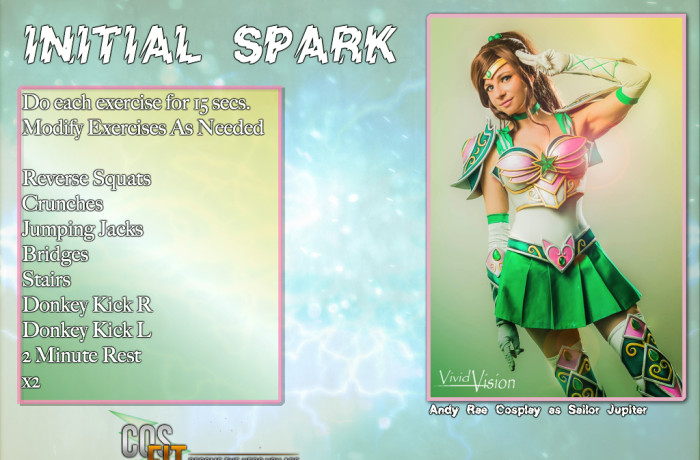

Such drinks provide various Will boosts (restoration of stamina, health, resistance to darkness and harmful influences) at the same time, the Inebriation debuff is applied, which is accompanied by visual effects on the screen) and some penalty to Perception. Now the undead can fight with their hands, you can also knock out weapons from their hands, and sometimes they are found unarmed initially (their number depends on the difficulty level).Īdded alcoholic drinks which can be found occasionally in the Dungeon. Also you can pull them from defeated enemies. The Crossbows skill is leveling up with usage and affects the reload speed and the accuracy of the shot.īolts pierce monster flesh and wood, but bounce off metal and stone. The crossbow is now the Hunter's primary weapon, though other classes can use it as well.

#SPARK IN THE DARK INITIAL D UPDATE#
The update contains various improvements of the dungeon and gameplay described below. And we'd like to share the fresh demo with you. Natural gas can achieve low carbon emissions and obtain high efficiency, but the poor lean combustion performance may result in large cycle-by-cycle variations.Ĭontrolling carbon emissions could be a win-win for both the environment and humans, and the use of low-carbon fuels is the key to being carbon-neutral in traffic transportation.We've made a lot of different improvements and innovations to Spark in the Dark for the past several months. In this study, the synergy effect of high ignition energy and spark plug gap on methane lean combustion was optically studied under low-load and low-EGR conditions. High-speed direct photography combined with simultaneous pressure acquisition was used to analyze early flame characteristics and engine performance. The results show that high ignition energy can improve the methane engine’s combustion stability, especially under high excess air coefficient conditions, and the main reason is that the initial flame formation is improved. However, the promoting effect may become marginal when the ignition energy increases above a critical value. As for the effect of spark plug gap, it varies with the ignition energy, and there exists an optimal spark plug gap for a given ignition energy.

In another word, high ignition energy must combine with a large spark plug gap thus, the promoting effect on combustion stability can be maximized and the lean limit can be extended. The statistical analysis of the flame area shows that the speed of initial flame formation is more important in determining combustion stability. As a result, a large spark plug gap (1.20 mm) can extend the lean limit to 1.4 under high ignition energy conditions. The current study shall give some insights into the spark strategies for natural gas engines.īy excessive air coefficients or exhaust gas recirculation (EGR), low-temperature combustion combined with a high compression ratio (or high boosting) can further improve the NG engine’s thermal efficiency. (6) However, the poor combustion performance of methane may result in large cycle-by-cycle variations, (7) and extensive investigations have been carried out to explore approaches for improving its lean combustion. (8,9) These investigations can be generally categorized into three categories: (1) fuel addition: hydrogen addition can greatly improve the combustion performance of methane (2) enhanced flow: tumble inlet ports or turbulent jet ignition can help increase the in-cylinder turbulence intensity and, thus, the flame speed (3) enhanced ignition: multipoint ignition (multiple spark plugs or pilot injection by two fuels) can help increase the initial area of flame kernels thus, the early stages of combustion can be improved. (10) found that there exists a suitable hydrogen fraction for the natural gas/hydrogen engine, beyond or below which the engine performance will be degraded. Our recent studies (11) found that an optimized turbulent jet ignition (TJI) can reduce combustion instability and improve thermal efficiency under lean conditions, and the main reason is that TJI can increase the in-cylinder flame speed and achieve a concentrated heat release.


 0 kommentar(er)
0 kommentar(er)
